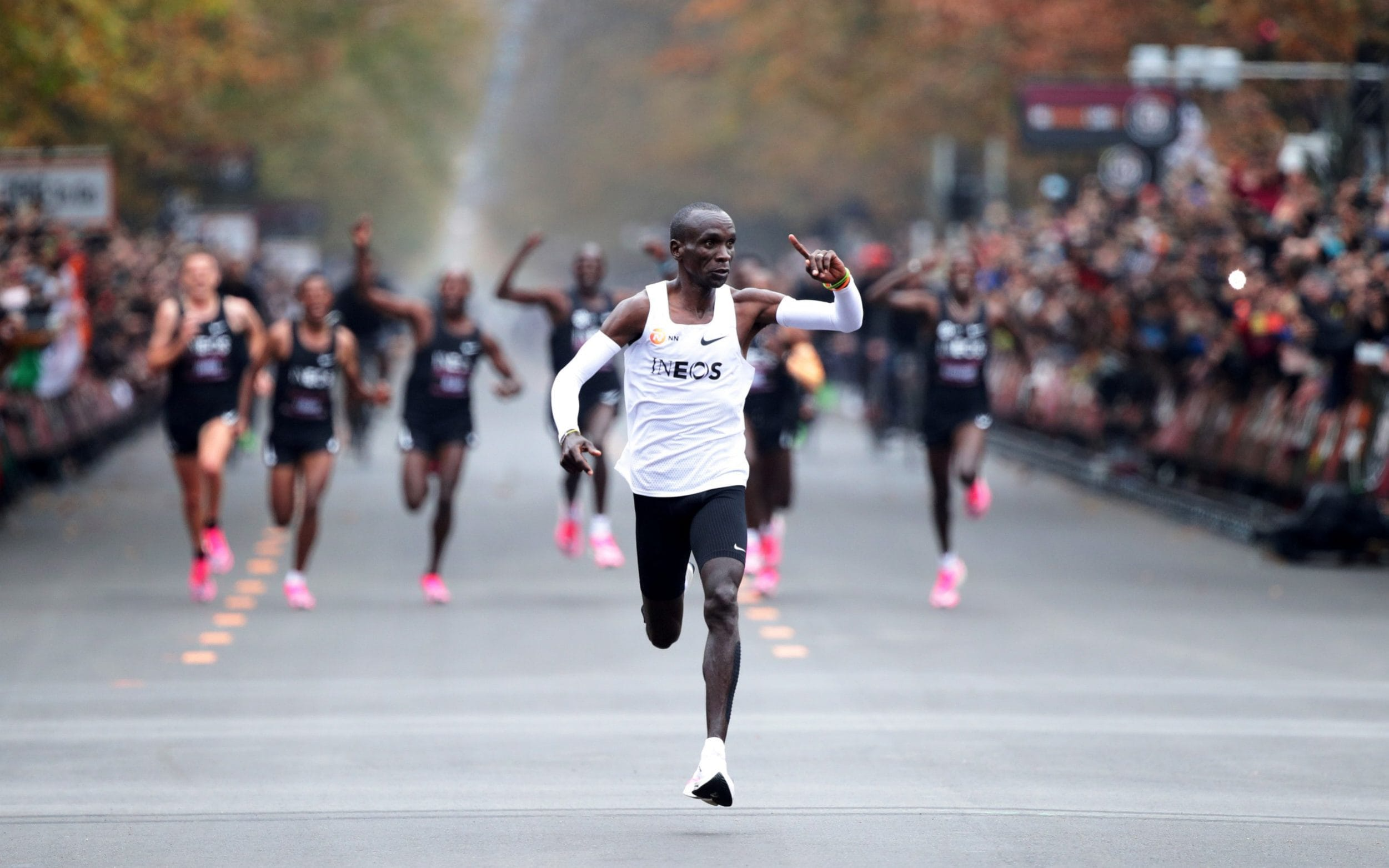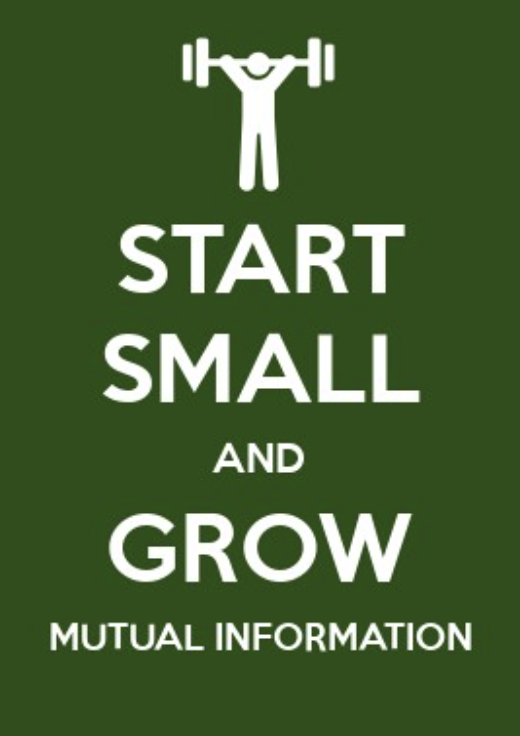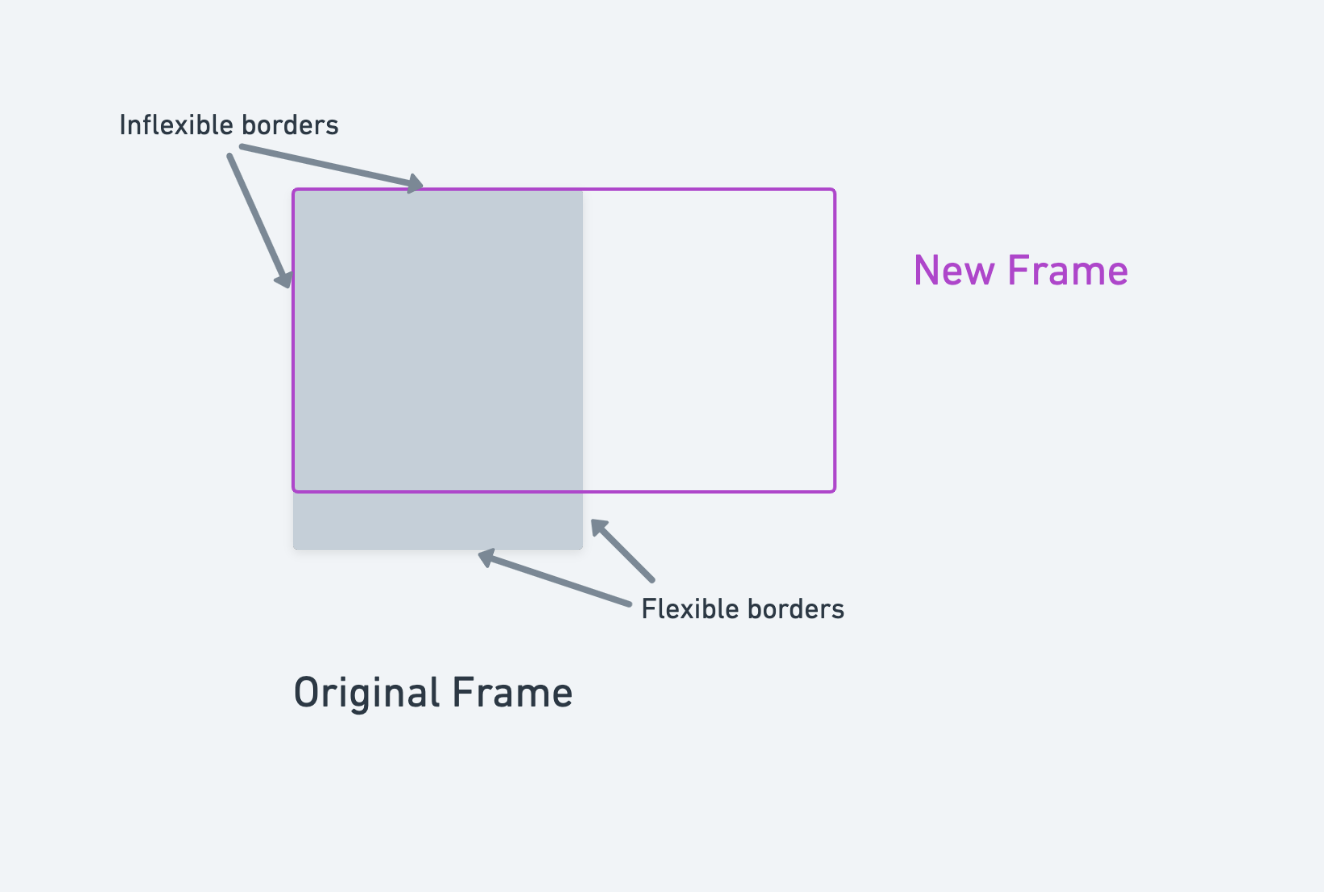
The myth of one-man orchestra
I think I finally understand how multiplayer creation works. My college dorm had a music room in the basement, and while I couldn’t play any instruments I loved hanging out with friends when they organized jam-sessions. Friends would invite their musician friends over to jam, and I would have the best time seeing how they pick up a tune, and the room filled with sound until my bones were resonating with it, and I was singing along, and inhabited a parallel universe where p-sets, projects or papers didn’t exist. Only sound, rhythm and vibes existed. One of those musicians devoted himself to music and made a great impression on me. Let’s call him Dave the Metal, as was a fan of Dave Mustaine, the leader of Megadeth. Our Dave had to work long hours at a pizza place, but he dedicated nearly all his extra time to music - playing it, writing it, listening to it and geeking about gear.
One day Dave showed us a song he wrote, where he recorded the vocals, the guitar, the bass and the drums separately and he put them together into a song. He was a one-man orchestra, and I felt amazed that he was able to pull it off, as I imagined it was arduous, tricky and rare to do all the parts alone. The song was good and I sometimes still remember it, but the jam sessions had an extra magical element, of multiple people adjusting to each other in real time. Naturally, there’s a limit to how good you can get by yourself. A genius goes far but it only goes so far alone. But an actual “orchestra” of geniuses which resonate and amplify each other and whose domains fit each other - that orchestra can produce music that moves the listeners stronger and deeper.
Even if we look at domains where individuals can seemingly do it all, we realize nobody creates anything massively impactful by themselves. A famous author like J.K. Rowling or George R.R. Martin may be a master storyteller, who can weave characters and emotions in an intricate basket of a story. Yet, they have editors, and publishers which help them productize the stories, tucking the loose straws in. Artists paint beautiful illustrations for the book cover. When the story is later turned into a movie or a show the costume designers jam in a whole new dimension to the universe, and they contribute so much we can’t imagine Game of Thrones or Harry potter without their signature costumes look. Creating something large is a group effort, and though the authors appear to be the key players, it takes an orchestra of geniuses jamming and creating together to make this happen.
Similarly, in ball related sports such as soccer, football, volleyball and basketball, for a team to score, they almost always have to pass the ball between themselves. Passing the proverbial “ball” is what musicians jamming together seem to be doing as well, as they give each other the creative space to express themselves. Leo Messi, Lebron James or Tom Brady may occasionally do a hero-run and score by themselves, but that’s the exception, not the rule. When Leo Messi scores, he needs to coordinate with his teammates so they pass him the ball at the right position where he has that sliver of advantage that he can convert to a goal. Even Eliud Kipchoge, the first person to run a marathon under 2 hours, had a team of pacemakers helping to reduce the wind resistance in front of him for his record marathon run.
Knowlege work is multiplayer
And yet, if we look at software engineers, or any other knowledge based or creative work, we often assume that they work in isolation. Knowledge work such as programming may feel different, as a lot of it can happen in a “single-player” mode, and it may seem at a time that it is closer to a single player sport such as sprinting or high jumping, but the most successful knowledge workers engage in multiplayer knowledge soccer instead. John Carmack is famous for his heroic coding, but even he didn’t build Doom alone - he worked with other people, and even if he had the most important role to play, he had to “pass the ball” to others.
To further understand what “passing the ball” means, imagine a modified version of soccer - called “No-pass soccer”. Whenever a team is on the attack, each of their players a ball, they’re not allowed to pass it to anyone, and as soon as they lose possession of “their” ball, their attacking turn is over. Since they cannot send or receive passes, they become useless. It might be counter-intuitive at first, but in no-pass soccer, the attacking team actually has much lower chance of scoring a goal per attack, than a normal team. And why is that? How can I be so certain about the outcome of a made up sport? Well, my simple reasoning goes to argue that once the defending team has started eliminating people, by splitting them from their balls, they have ever increasing advantage and easily pick off the remaining attackers. It is no surprise that some of the most dominant soccer clubs such as Barcelona use a lot of passing.
The metaphor is applicable to other domains, whenever a team of people try to achieve some abstract goal together. If they have one common goal, they can pass the initiative around, like a ball depending on each other’s skills. This doesn’t guarantee success, but it definitely increases the chances, as different members of the group may have the ability to overcome different challenges.
At the same time, everybody on the team has a knowledge of the basics - running, positioning, dribbling, passing, and shooting, but they also have some specialized skills - goalie, attacker, wing, playmaker, defender. They can single handedly, or leggedly take care of most situations, but when the situation gets trickier, they ask a specialist for help, by passing the initiative and getting them to help.
The vibe and rhythm of a team
A lot of knowledge works teams do not operate as a “genius orchestra” - instead they often produce cacophony, or at best a “solo”. And why is that? I’d like to explore the question of how to convert such teams into a source of creative wonder. I’ll look through the prisms of two concepts - vibe and rhythm. I am not a musician, so bear with me as I transplant these concepts into a new domain.
Vibe as agreement
For the purpose of this essay, let’s say that a team having a shared Vibe means that the team is in high agreement of what they are doing, and what the end result it is. For a music orchestra to have a Vibe, they’ll be in agreement of whether they are creating Jazz, or are they creating Metal, or are they creating Hip Hop, or something else. They will also agree on what emotional effect they want to create in the listener. That shared Vibe becomes the Vibe of the song.
For a knowledge work team, shared Vibe means having a crisp agreement of who their customers are, and how the product is helping them, and how is that affecting the world. In corporate-speak, people use word “vision” to mean something related. The difference between vision and Vibe is that vision is something that is stated from a leader, and the Vibe is something that is felt by everybody. A Vibe is more primal.
Rhythm as teamwork
While Vibe is about the abstract and the future, Rhythm is all about the concrete and the present. Rhythm is about being in sync. When the orchestra is in the same rhythm, the drummer is hitting the drums at the right tempo, which matches the tempo the guitarist is pulling the strings, and the tempo of the vocals. For a knowledge work team, Rhythm is the shared processes, mechanisms and standard operating procedures which make the team effective.
Rhythm affects Vibe, and Vibe affects Rhythm. If you are hoping that this essay will provide a reductionist distinction between the two - it won’t. Instead I will try to still shine enough light on Rhythm and Vibe so that the image of them becomes crisp and memorable, feeding back into our everyday knowledge work, and giving us a bit more grip.
Both Rhythm and Vibe are examples of shared information.
Mutual information
Mutual information helps to grease the gears of a team, and turn the cacophony into harmony, so how do we get more of it? Well… let’s understand a bit what is and what isn’t mutual information.

As a term it began its life when the computer science pioneer Claude Shannon coined it in 1948 for his famous Noisy Channel Theorem. The gist of that theorem is that the more “mutual information” two people share, the faster they can exchange other information. The more mutual information team members share, the easier it is for them to “pass the ball” and “jam” with each other. Shared Rhythm allows team members to know when and where to pass, how to receive, and how to keep on keeping on. Shared Vibe allows team members to feel where they’re headed and to trust the motivations of the rest of the team. Mutual information, Rhythm and Vibe become the base for building trust, as the team members would learn that passing the initiative works and is effective.

Start small and grow mutual information
Mutual information builds upon shared beliefs. For example, if I read a book, and you read the same book, this doesn’t mean we have any mutual information. We might have had different beliefs to begin with and have gotten disjoint and even opposite conclusions. If we are members of two opposing political parties, we might have learned nothing in common from the same book. We might even end up more aggravated at each other. If we don’t have any mutual information, any mutual Vibe before we read the book, we would not end with more after we read it. If you don’t believe me about the book, just see how people sympathizing to different political party react to the same news. Any news!
In another, more timid example, if we are both programmers on the same team and our documentation says “code should be indented consistently”, we might come up with two different reasons why that is. I might think it is because the code needs to be easier to review, whereas you might think that the goal is for the code to be more easily maintained in the future, or even processed with an automated tool. Even though we might share the same Rhythm of consistent indentation, we might have two different Vibes about the purpose of the code. Furthermore, I might even think that we should indent code with tabs, and you might think that we should indent code with spaces. Those are two different Rhythms. If we can’t agree on the Rhythm, we won’t get started building at all. In that case we would share no mutual information really, no Vibe and no Rhythm.

Mutual information can only grow out of existing mutual information. That’s why in the movies when aliens are trying to talk to us, they use mathematics. Because we know that mathematics and physics are the only shared beliefs we have with aliens. In order to reliably pass information both sides need to know what they both know and agree on. In the case of aliens, mathematics may be the common meeting point (a.k.a. Shelling point) out of where we start the conversation.
One caveat about mutual information is that hidden mutual information doesn’t count. If a team member hasn’t proven to the other team members that they agree about seeing the world the same way, then they cannot lean on that as a way to add new mutual information.
When team members have been together for a while, they will have shared documentations, processes, SOPs, OKRs, metrics and a shared vision. They build these processes one conversation at a time, and the mortar that holds the bricks together is honest listening. When two people are having a conversation, and one of them is listening with an open mind, they are absorbing the Vibe and Rhythm from the other. They are receiving information and incorporating that into their own view of shared information. Of mutual information.
Resonate to increase mutual inromation
A common pitfall of teamwork might be when a team operates with a lot of shared rhythm but loses the shared vibe. You know who else does that? Robots. But we are humans and a part of us will always revolt when treated like robots. There are simple things to do which can create and grow back the shared vibe - and the main one is to be listening, giving our full attention to the other person, and then respond in an authentic and engaged manner.
Listen so you can absorb.
We are horrible at absorbing information other people are telling us. I once saw a video where a teacher was lambasting a student, because the student had their hands up while another student was still presenting. The teacher was telling the student - “when your hand is up, you’re thinking about what you’ll say next, not what the other person is saying now”. I think about that video often, as I am often prone of anticipating what would I say next.
In the movie “Fight Club” when The Narrator talks to Marla about the groups they visit, they realize they both go there because people actually listen, instead of waiting for their own turn to speak.
If we are in a conversation and you say stuff, and I say stuff, we are not engaged in communication unless we’re actively listening, processing and internalizing what each other is saying. Otherwise, we might as well be speaking different languages or shouting at each other. If I am waiting to say stuff I am not listening
Mutual information requires listening. In Shannon’s theorem, the typical examples are sound over radio, or bits over a wire, where the receiving side is absorbing and processing the received information. In a sense, the other side is listening. If we’re not listening, we’re not increasing our mutual information and we’re not getting better at “passing the ball”. We’re not more likely to score.
Case study: vibe-setters.
Some people can be amazing at setting the vibe. This is similar to charisma, but charisma is a bit more about the individual than the collective. A master negotiator such as Chris Voss would try to get under the skin of their counterpart and build a rapport before making demands. When the two parties of negotiation start vibing together a win-win resolution is often much closer. For the negotiator to build rapport they have to be actively listening. In the book “Never split the difference”, active listening is one of the central concepts early on.
Other people can be amazing at “re-framing” - they will influence the other people to see the world from a given waypoint, thus creating a shared vibe in the process. But to do that successfully, they first need to listen to others and absorb the other people’s frames. The new frame has to match the other person’s frame on the in-flexible borders, and be different on the flexible borders. The new frame can have a different Vibe or Rhythm from the old frame.

Vibrate back.
Once you’ve absorbed the message from the other person, you can respond back. Feeling the vibe of the message can help you respond in a way that is more present and engaged with the other person. Having responded authentically, that shows a “proof of work” to the other person, that you are engaging in the conversation. As a result, they’ll likely reciprocate and engage as well. It might take some time to converge on a shared vibe, but then the conversation might go faster.
The vibe of a “single” person
Another aspect of the one-man-orchestra myth is that even a single person is a cohesive, unified and consistent unit. A person changes from day to day, from year to year, and within each person there’s often internal conflict between the parts of the personality. And having parts of a personality is not a unique perk reserved only for those with schizophrenia or bi-polar disorder. Each us experiences this on a daily, even hourly basis. Every time we experience a dilemma, we are experiencing such internal conflict. For example, one part of us, lets roughly call it the mouth, wants to eat another cookie because it is tasty and excites the mouth neurons. Another part of us, the stomach, is feeling full and doesn’t want any more. “Three cookies is plenty already. Basta!!!” it says and thus the internal scandal rages inside our minds. Sometimes the stomach is silenced, other times, it’s heeded.
If we start to look on a person not as a monolith, but more like a team (see “Society of Mind”, “Internal Family Systems”), then we can un-generalize the concepts of a shared Vibe and Rhythm back to the same person. When that internal team plays music together we have what Carl Jung calls individuation - a cohesive self. A lot of my challenges, regrets and problems in life happened because different parts of me were in conflict with each other which got stuck in an unresolved state. So now I’m working towards a different version of a “one-man orchestra” - where the orchestra is within me, and plays in harmony.